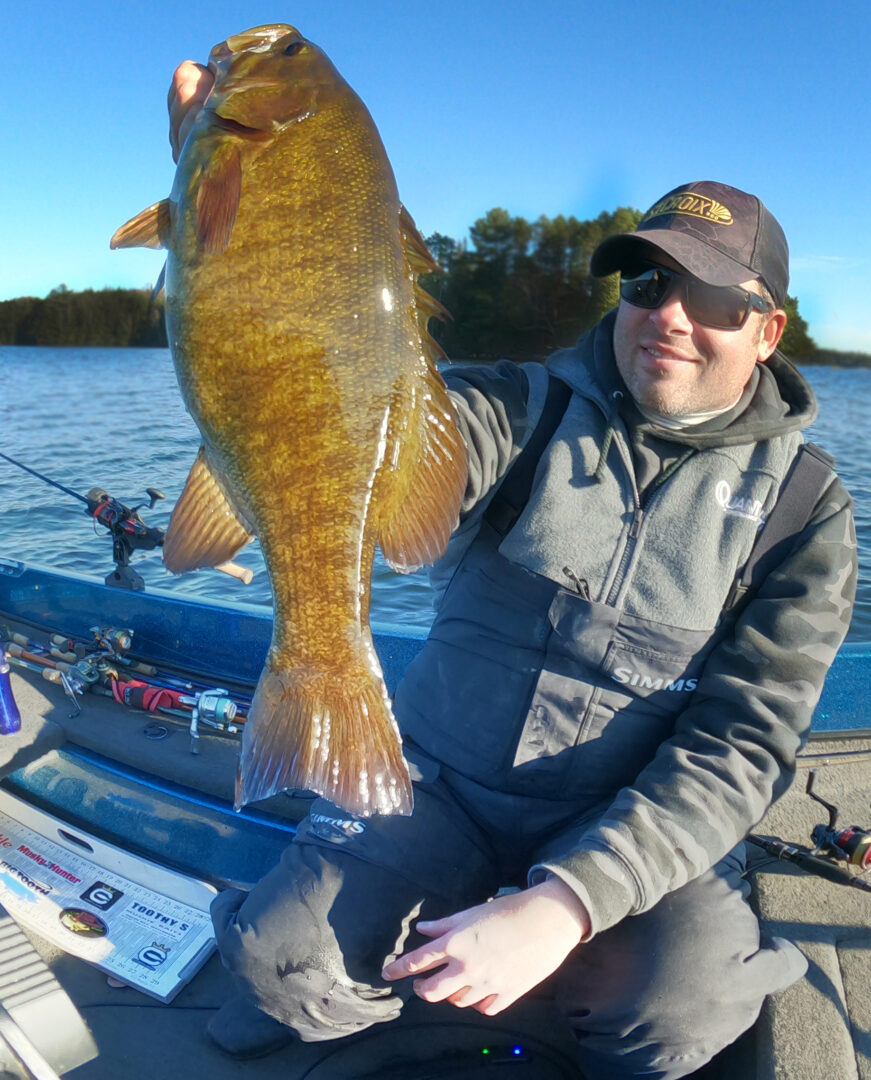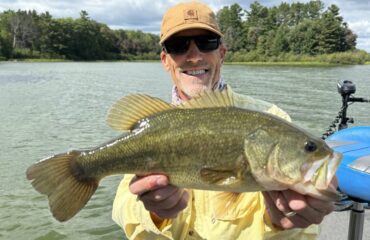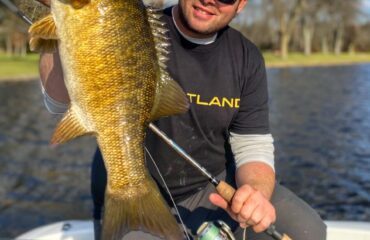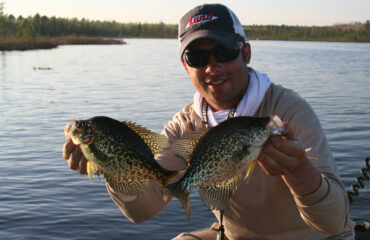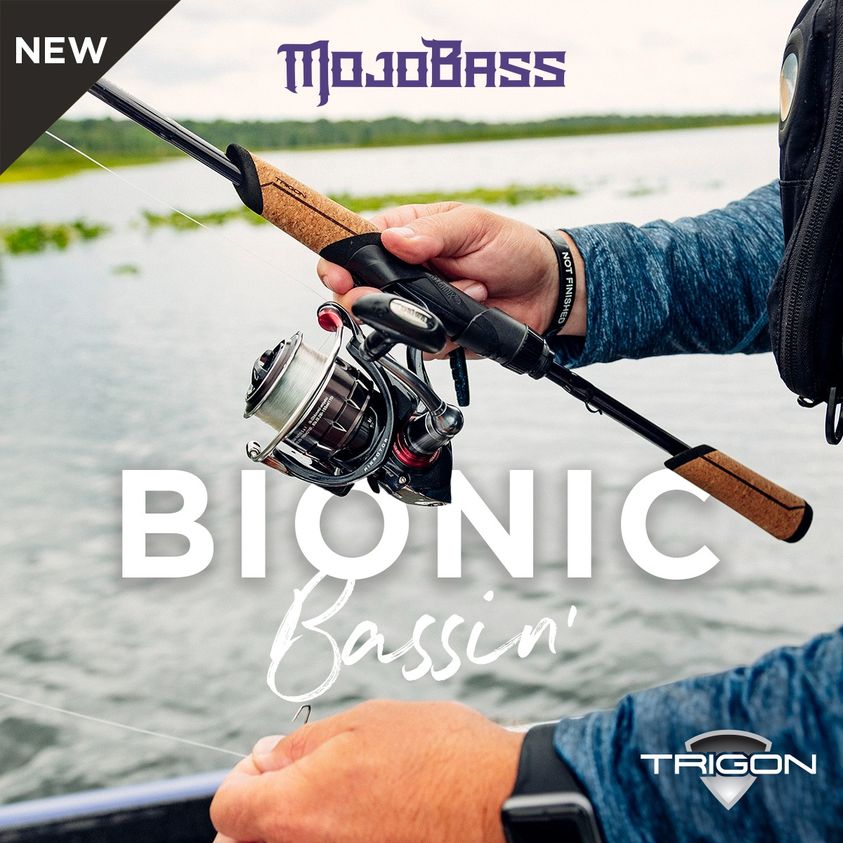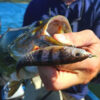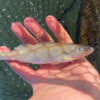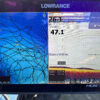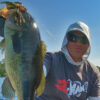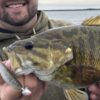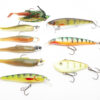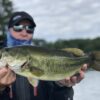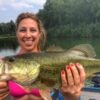When to Camp For Bites
In the past, some fishing partners have given me grief for fishing too slow and methodical. There is a reason for this madness, which has been developed over several years of patterning big bass and understanding their locations as it relates to season, feeding times, and behavior on many of the specific waters I fish.
A strategy I sometimes employ is camping on spots. I focus on precise locations for long periods of time because I seek big bites, and the largest specimens in the lake that they attract.
Big bass are intelligent creatures, and the smallmouths I catch from Wisconsin’s inland lakes have been around for 20 years or more. During their lifetime they’ve seen a lot of lures, and have potentially been caught and released dozens of times. Outwitting their behavior and tendencies requires savvy skill and fishing methodology. Identifying and locating big fish spots doesn’t happen overnight, or by the quick study of a lake map.
From nesting in spring, to feeding anytime, homing and wintering in fall, big bass historically revisit and use the same specific locations of a lake for every year of their lifetime. Learning of a fish’s behavior and tendencies can require several years of patterning a lake, its specimens, and learning the lake’s history. More often than not the same patterns can predictably re-establish every season.
Big fish spots can be considered as high-percentage locations used annually by big bass. They may home on them for the duration of a season, or are revisited by that same specimen annually. These prime locations on the maps of all lakes can include complexes, humps, spawning flats, feeding areas, and pieces of structure such as rocks, boulders, and fish cribs that individual specimens would relate to. These are the types of locations I repeatedly fish for several minutes, or to an extreme, for hours at a time, because big fish attract to them!
My camping philosophy often takes place during peak feeding and lunar periods, as well as spring staging and fall schooling scenarios when fish can be found in mass concentrations. It will also be done on specific locations that have yielded big bass annually.
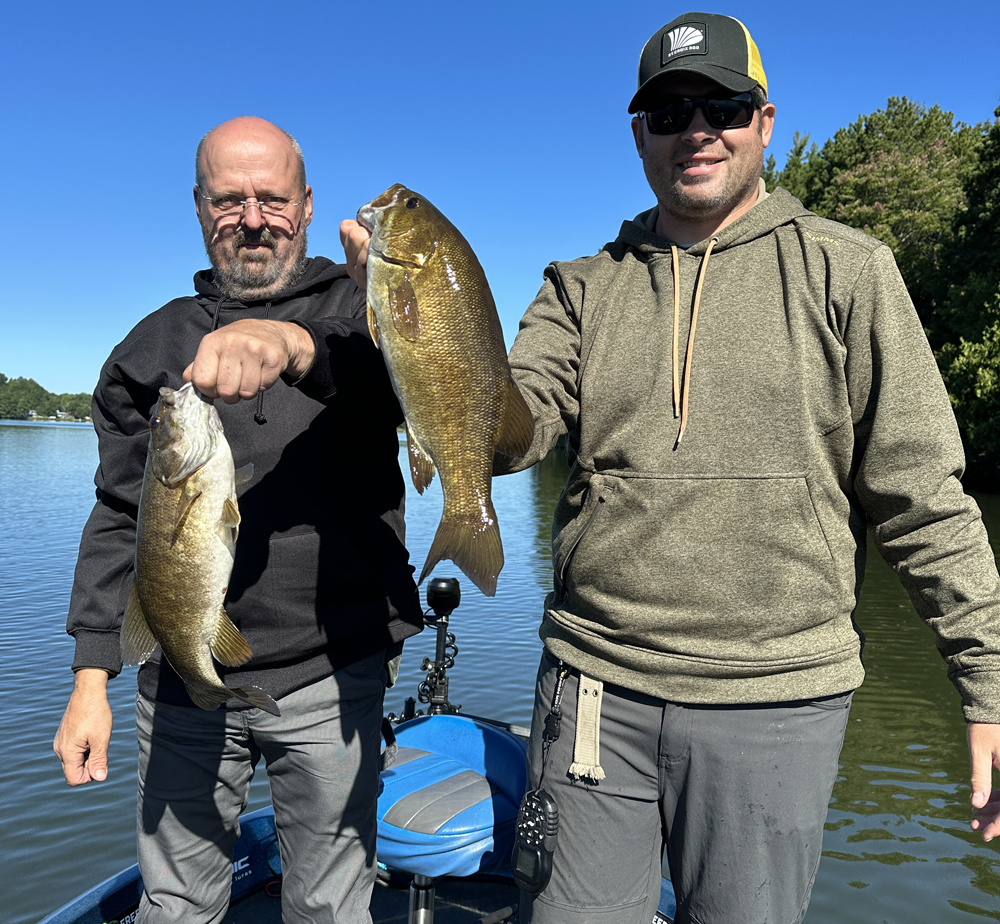
Back in 2016, I hosted my good friend Cory Painter for a trophy hunt. We visited one of our favorite low density trophy fisheries and our strategy for the afternoon was to seek one bite. Most days at this fishery it is a smallmouth surpassing 5 lbs. or more. Our intentions were to target a minimal amount of spots, and to focus on high percentage areas that consistently yield big fish. We positioned my boat along the perimeter and drop-off of a mid-lake gravel hump topping off at 3 feet. On our first slow circle of casting around the 30 yard wide hump, I hooked and lost an estimated 5 pounder on a football jig. After losing that fish, I decided to camp us on that spot for 30 more minutes with hopes that same fish would strike again.
Most anglers would choose to return to that spot again in the day, or during a peak phase, weather change, or in altering conditions. That’s a wise alternative strategy, and if the plan is to spend a full day on the water, even better. But if fixated on one single bite like we were, and if the presence of a trophy is nearby, camp on that spot for however long it takes. We made 3 more passes around the hump, and my follow-up paid off. The same fish I lost minutes before struck a second time, a tube jig, and was captured. Thanks to similar experiences, I’ve learned a big bite can return at any time. It all depends on the boat’s patience, and how willing you are to invest in extra time.
My camping strategy doesn’t pay off handsomely like this each time. It could prove to be futile, and there have been some occurrences I’ve died by it, especially if fish aren’t around.
There are times and scenarios when camping on spots won’t work. If the intentions are to catch several fish, it’s by far the worst to employ during major feeding windows in which several locations throughout the lake could have active fish. Another situation could be for practical time management purposes. Not every angler can afford spending hours on water. Therefore if short on time, speed fishing would be the better strategy. Lastly, if learning and breaking down a new fishery, especially large water, you cannot break down that fishery or a specific region of the lake by camping out on spots and fishing slow.
While camping out on spots annoys some of my partners and those who are impatient, the positives from my experiences outweigh the negatives of this philosophical tactic and fishing fundamental. This philosophy has resulted in lots of success for the boat over the years.
If you are a camper yourself, you’ll see how the camping mentality shapes nearly all of my spring and fall fishing strategies, and our smallmouth decision-making those two seasons.
In spring, we fish and revisit only a handful of staging areas, in which this pre-spawn coverage of location works across most lakes. Meanwhile in fall, we position fish atop only 2 or 3 wintering sites of each lake we fish. Burning only a trickle of boat gas in the process.
Take note there can be dead periods in between obvious feeding windows. Conventional wisdom would tell you to move on, and check out new spots. But when fish are within the vicinity, moving on and off the structures cyclically throughout the day, you’ll have no reason to leave the spot.
When smallmouths are compact, compressed, concentrated, and vulnerable like these two examples, you’ll become a camper. You should never leave these fish to go find others. There is no reason to.
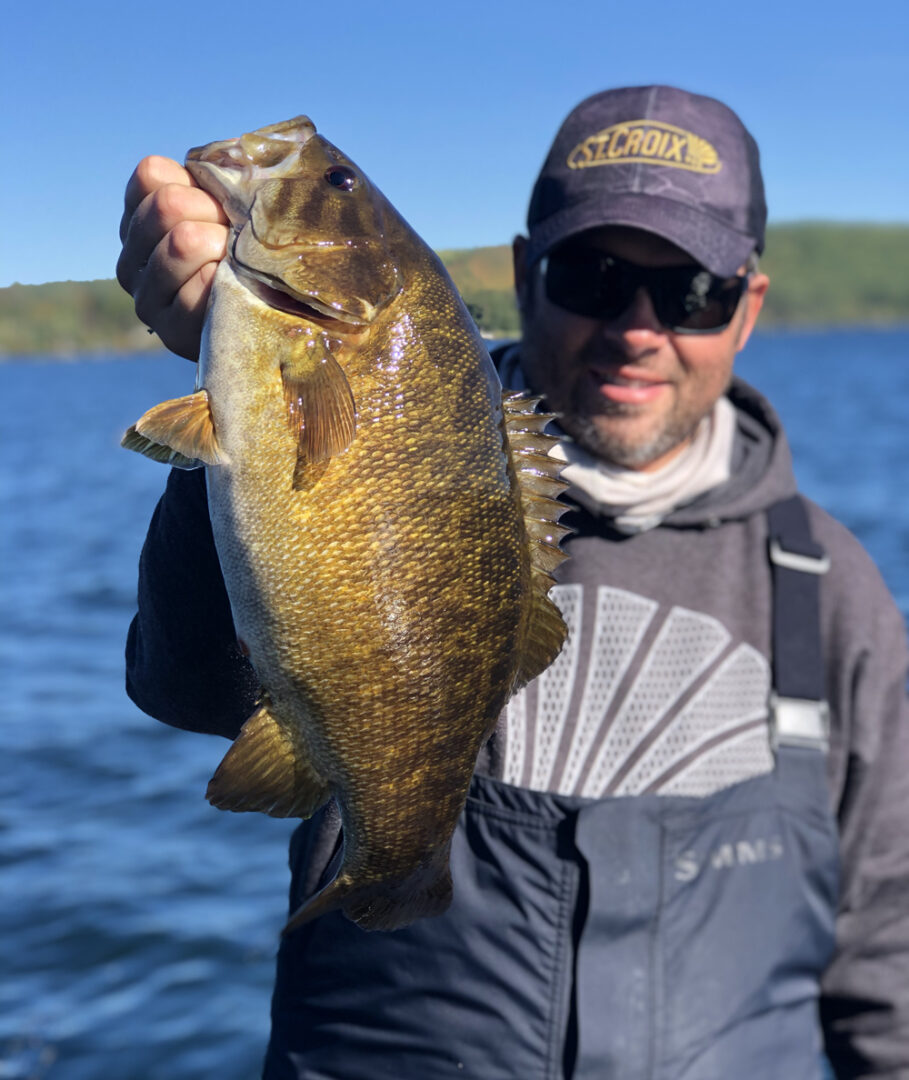
Don’t Leave Fish to Find Fish
What’s that old fishing expression we’ve often heard? Don’t leave fish to find fish. It’s one of the most important values one could ever learn in bass fishing.
As a part time fishing guide, I’m often faced with this scenario. Should we leave active fish in favor of repeated success at other similar areas and locations?
Of similar philosophy to camping on spots, this philosophy has helped shape my trip planning and execution while out on the water. If the fishing is good, and you want to keep the momentum going, the best strategy is to do nothing. Don’t leave the area, and don’t adjust tactics. Bass move in and out of locations often. If a bite slows, my anticipation is the bite will eventually resume once again. If the spot isn’t conditioned, over-pressured, or exhausted, don’t leave the fish that are using it.
Leaving fish in order to find more fish is an uncalculated risk that can potentially be a big mistake. This strategy never comes with a guarantee. It can also potentially ruin or slow down what originally started out as a day’s successful outing. You might not be able to replicate the same rate of success by leaving fish to find others elsewhere on the lake.
When hosting my guests, I am paid to put them on fish, deliver their money’s worth, and to follow through on my routine of providing an educational and productive fishing experience for the duration of time they have booked my services and expertise. How I cater fishing trips is done according to my guest’s preferences though. Some anglers want to catch fish and care for nothing else, while others have objectives of learning a new lake and being shown new spots. My preference is to never waste a customer’s time and investment in me, so productivity is at the forefront of each day of fishing.
Besides guiding, and leisure fishing, the strategy seldom works out during pressure-filled tournament settings as we’ve witnessed anglers missing out on wins and earning checks. They were previously on fish, only to mysteriously motor along elsewhere and catch nothing. Leaving fish to find fish is a huge risk. The only good thing that comes from it is covering water, trying several spots, and to learn an entire lake.
Whatever the season, but most relevant to spring and fall season locations, never leave a good bite in favor of greener pastures.
